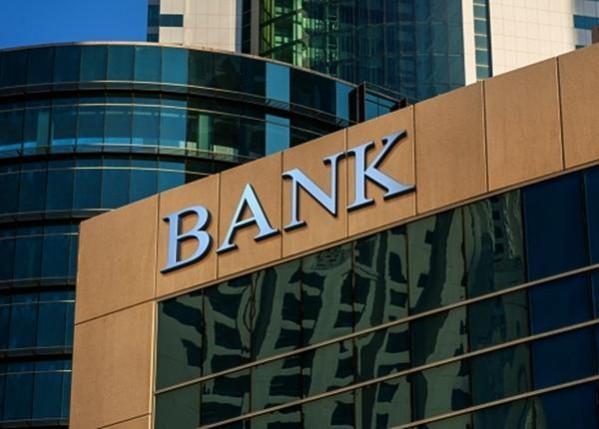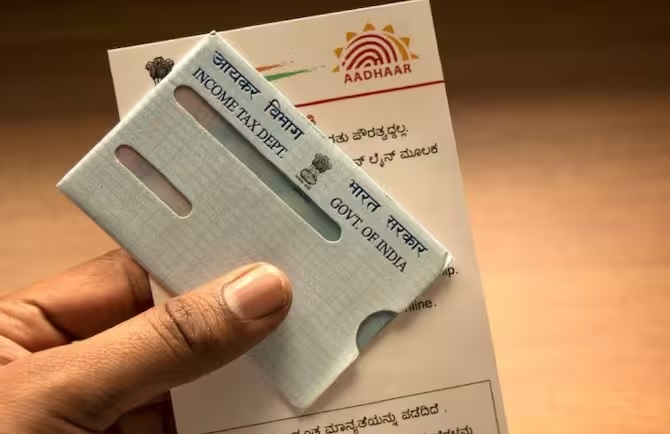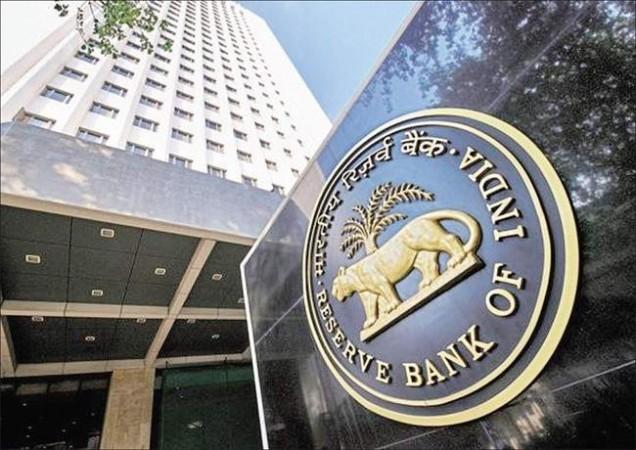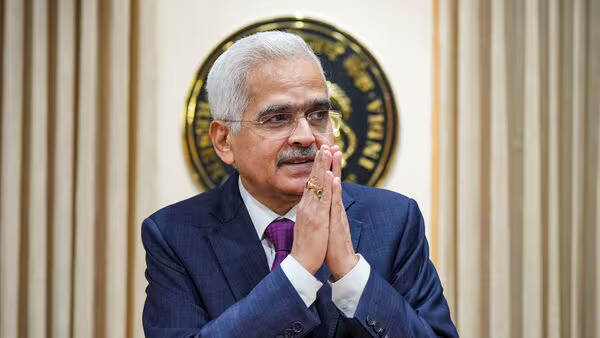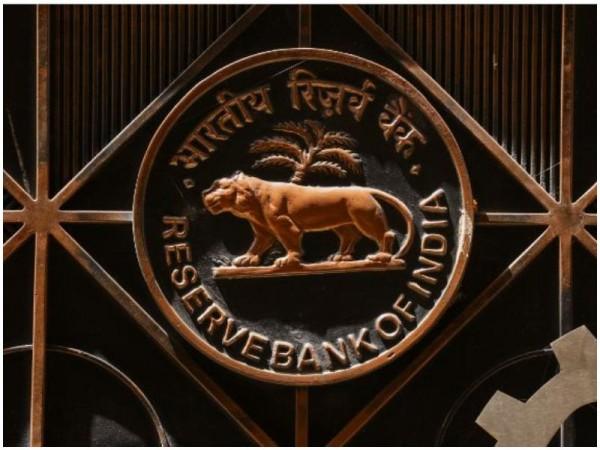
December 07, 2024,Singapore : With a series of organisational and strategic upgrades in 2024, Ant International, a leading global digital payment and financial technology provider, reported robust growth over the past year among all its four pillar businesses, Alipay+, Antom, WorldFirst and Embedded Finance.
Alipay+ expanded its vibrant wallet-based payment and digitalisation space that further strengthens WorldFirst and Antom, the two business fintech services. The new Embedded Finance segment deepens Ant International’s ecosystem by offering a rich array of FX, treasury management, inclusive lending and other AI-powered fintech solutions to clients and partners across the other three main businesses.
“2024 has been a transformative year for Ant International,” said Peng Yang, Chief Executive Officer of Ant International. “We are committed to advance inclusive growth through AI-powered innovation and collaboration on cross-border travel, trade, commerce and inclusive finance.”
Based in Singapore, Ant International provides partners across industries and markets a comprehensive range of digital payment and financial technology solutions. It is committed to driving inclusive growth through open collaboration and continuous innovation.
Among Ant International’s notable progresses in 2024 so far:
Alipay+: Ant International’s cross-border mobile payment and digitalisation technology solutions.
Alipay+ leads the industry in collaboration with 35 leading mobile payment partners, including e-wallets, banking apps and BNPL apps, etc., connecting over 90 million merchants in 66 markets to 1.6 billion user accounts. It has also formed strategic partnerships with national standardised QR schemes, such as Singapore’s SGQR, Malaysia’s PayNet, South Korea’s ZeroPay, Cambodia’s KHQR, Nepal’s NepalPay QR and Sri Lanka’s LankaPay.
Among the global merchants accepting QR code payments via Alipay+, over 90% are SMEs, reflecting Ant International’s focus on inclusive digital transformation.
Cross-border transactions of global payment partners together (excluding Alipay) via Alipay+ registered three times year-on-year increase in 2024, where Alipay maintains the leadership.
Alipay+ builds a broader digital payment and digitalisation ecosystem for other pillar businesses of Ant International.
Antom: a leading merchant payment and digitisation services provider, offering one-stop, vertical-specific digital payment solutions to merchants of all sizes.
Total payment volume (TPV) of Antom’s direct acquiring services nearly doubled between January and November 2024 over same period of 2023.
Antom continues to strengthen its payment processing capabilities across all payment channels. Antom’s card processing volume grew over 10 times from that of previous year, while delivering top notch authorization rates to its global enterprise merchants.
Antom continues to launch tech-driven innovative solutions to provide more secure and efficient services at lower cost to its customers. Antom Copilot helped enhance operational efficiency for merchants by reducing the payment channel integration time from 5 to 10 days to only a few minutes. Antom EasySafePay streamlined digital wallet payments procedures, eliminating the need to redirect from merchant checkout page to the user’s wallet app, and offers full account takeover protection to wallet users, and lead to significant payment success rate increase.
WorldFirst: a one-stop digital payment and financial services platform for global businesses.
In 2024, five years after its acquisition, WorldFirst achieved an annual TPV of US$100 billion, four times that of 2020. This marks its transformation into the world’s leading one-stop digital payment and financial services platform for cross-border businesses.
Accumulatively, WorldFirst has served more than 1 million SMEs globally, with a total TPV surpassing US$300 billion and an ever-strengthening growth momentum as it expands footprints from Asia and Europe to the rest of the world.
Under Embedded Finance, our Credit Tech and Platform Tech teams leverage cutting-edge AI and blockchain technologies to innovate secure, end-to-end embedded finance solutions to clients and partners across Alipay+, Antom and WorldFirst businesses, ranging from risk-modelling, cross-border settlement, FX and liquidity management, to credit and lending services for underserved SMEs and individuals.
In line with G20’s commitment to lower cross-border payment costs via technology innovation, Platform Tech developed a world-leading Time-Series Transformer AI FX Model to help multi-national merchants in airline, e-commerce and other sectors to improve treasury management efficiency and reduce cost. Our FX solutions predict real-time local currency needs by the hour, with an accuracy of over 90%, significantly lowering cost and uncertainty for not only our own operations but millions of merchants, including SMEs.
Through collaborative innovation with global financial institutions, we leverage blockchain technology to provide 24/7 real-time cross-border settlement serviceability to our global business and clients. In 2024, the blockchain solution supported over one third of Ant International’s total processing volume.
In 2024, leveraging AI-powered Credit Tech and Risk Tech capabilities, Ant International added to ANEXT Bank, its Singapore-based MSME-focused digital bank, a new inclusive credit service under the brand bettr. Today in emerging markets including Bangladesh and Indonesia, bettr collaborates with local fintech partners to enable over 11 million unserved micro businesses and individuals, most first-time borrowers, to acquire uncollateralized loan services based on more accurate and fairer credit ratings.
In 2024, loans under management across Ant International’s SME financing services more than doubled compared to 2023.
“In 2025, we will continue to be laser-focused on supporting SMEs across borders with AI-powered innovative and trusted payment, digitalisation, and inclusive financing solutions through expanded public- and private-sector collaboration,” said Yang.
Praveen



